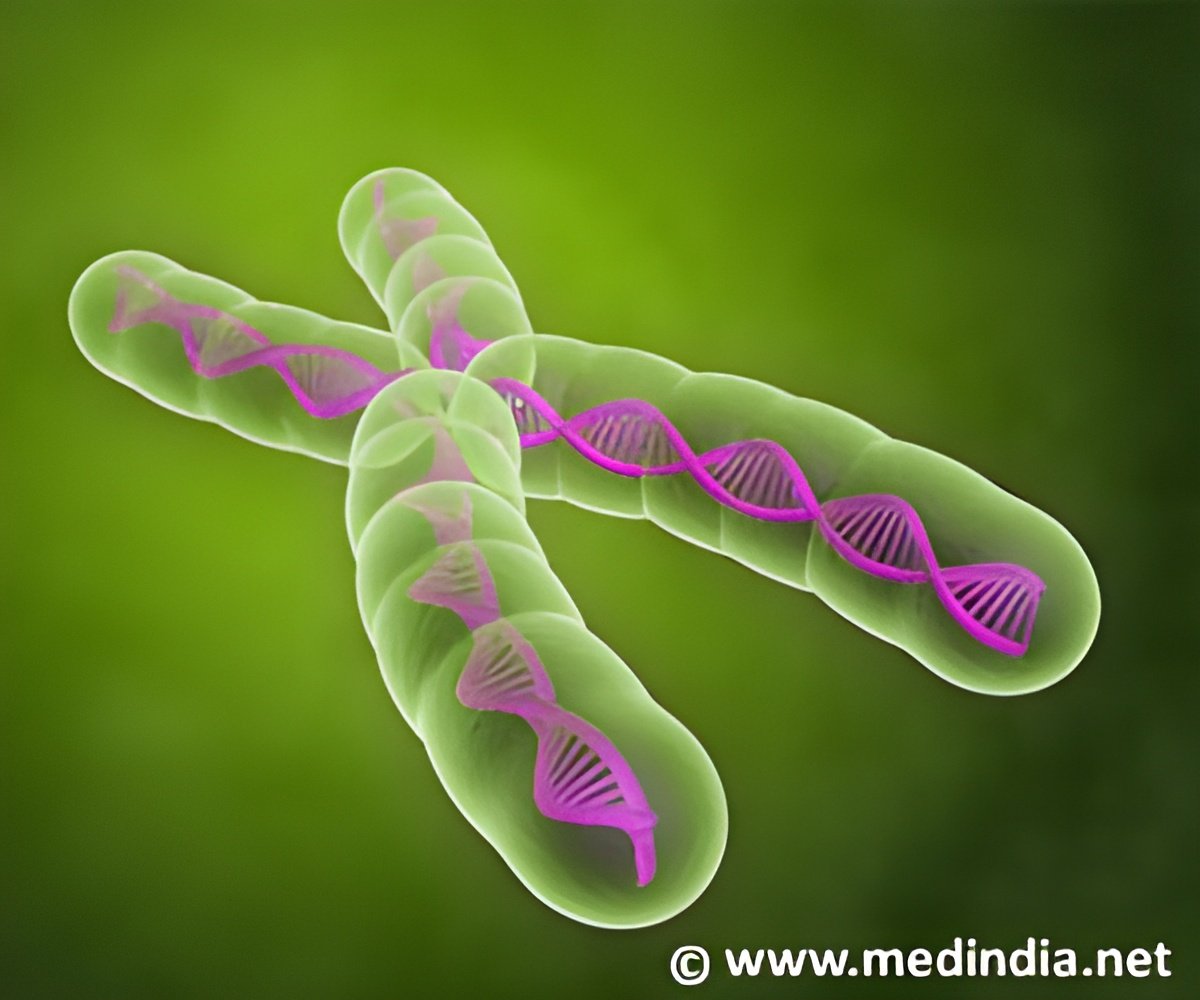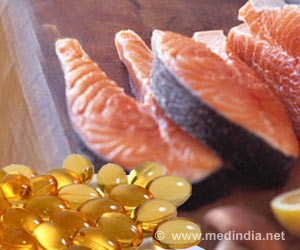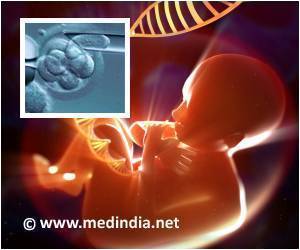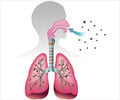The same yeast that serves as a basis for the bread we eat and the beer we drink now also serves as an instrumental model of metabolic disorders.

‘The same yeast that serves as a basis for the bread we eat and the beer we drink now also serves as an instrumental model of metabolic disorders. ’





The majority of these diseases currently lack effective treatments and patients must maintain a strict diet, avoiding certain food items that contain substances their bodies cannot break down. Often the proposed solutions, such as bone marrow transplants, are extremely expensive and only partially effective. A new Tel Aviv University study suggests that the role of yeast, the world's most basic eukaryotic unicellular organism, may pave the way for the development of novel, more effective therapies. The research was published in Nature Communications.
"Three Nobel Prizes have been awarded to scientists engaging in research related to yeast in the last decade, and it's no wonder. Yeast grows quickly; it's affordable; and it's easily manipulated as a simple unicellular organism," Dr. Laor explains. "Now we, too, have harnessed its properties to gain insight into this devastating group of diseases."
The research is based on previous studies conducted by Prof. Gazit and his colleagues that revealed the role of toxic metabolite accumulation in the pathology of metabolic disorders. "We have known for a while now that amyloids are linked to severe diseases of the central nervous system, such as Alzheimer's, Parkinson's and Huntington's," Prof. Gazit says. "Recent experiments conducted in our lab have shown that they characterize genetic metabolic disorders as well. In such disorders, the gene responsible for producing an enzyme, which modifies a particular metabolite, is impaired.
"As a result, large quantities of that metabolite accumulate in the body and cause serious damage," he continues. "While each condition is separately considered as 'rare,' these disorders constitute a major proportion of pediatric genetic diseases."
Advertisement
"Our pioneering research may help identify the molecular mechanisms involved in these diseases and thereby help to develop suitable drugs," says Dr. Laor.
Advertisement
"If you can successfully connect the pieces of the puzzle, then you can understand the biology behind a disease," Dr. Laor concludes. "It is critically important to understand the pathways leading to the toxicity caused by metabolite accumulations in order to develop the appropriate therapy. In this case, the lives of thousands of children may be saved and their quality of life significantly improved."
Source-Eurekalert













